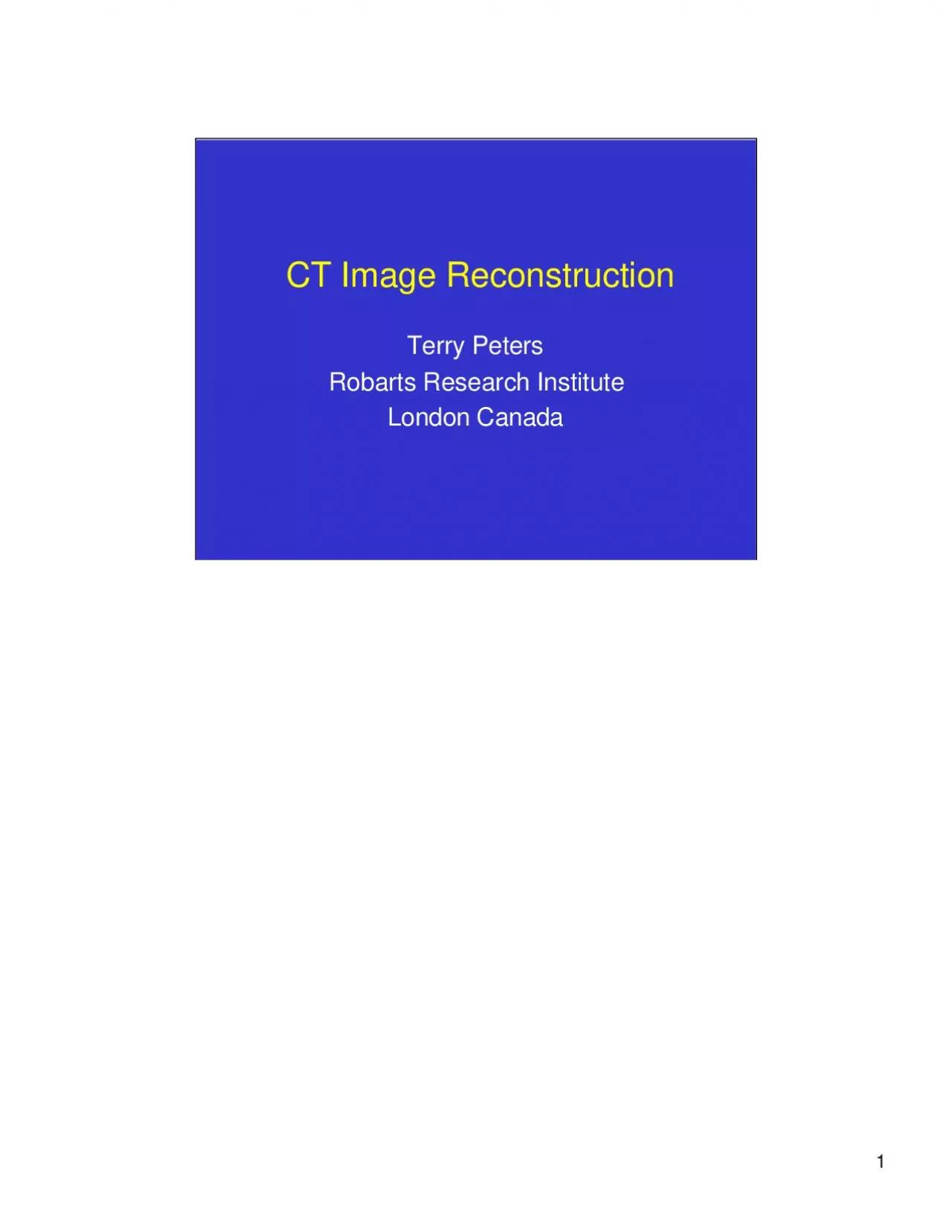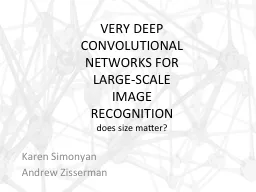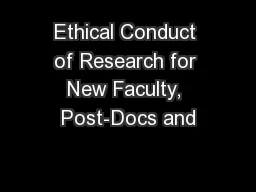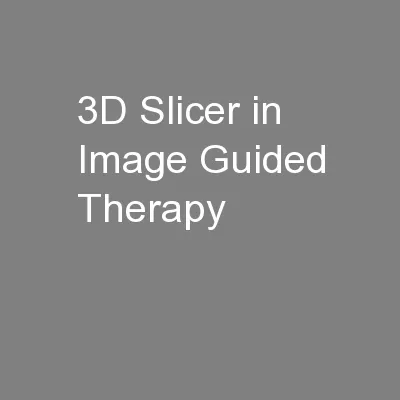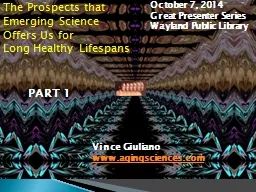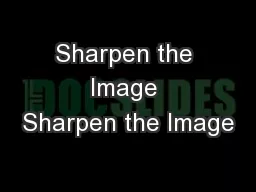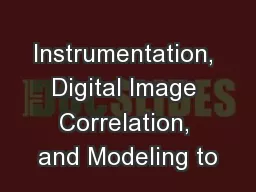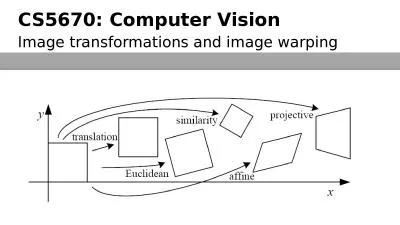PDF-CT Image ReconstructionTerry PetersRobarts Research InstituteLondon Ca
Author : isabella | Published Date : 2022-08-21
1 2 Standard Xray Views Standard Radiograph acquires projections of the body but since structures are overlaid on each other there is no truly threedimensional information
Presentation Embed Code
Download Presentation
Download Presentation The PPT/PDF document "CT Image ReconstructionTerry PetersRobar..." is the property of its rightful owner. Permission is granted to download and print the materials on this website for personal, non-commercial use only, and to display it on your personal computer provided you do not modify the materials and that you retain all copyright notices contained in the materials. By downloading content from our website, you accept the terms of this agreement.
CT Image ReconstructionTerry PetersRobarts Research InstituteLondon Ca: Transcript
Download Rules Of Document
"CT Image ReconstructionTerry PetersRobarts Research InstituteLondon Ca"The content belongs to its owner. You may download and print it for personal use, without modification, and keep all copyright notices. By downloading, you agree to these terms.
Related Documents

